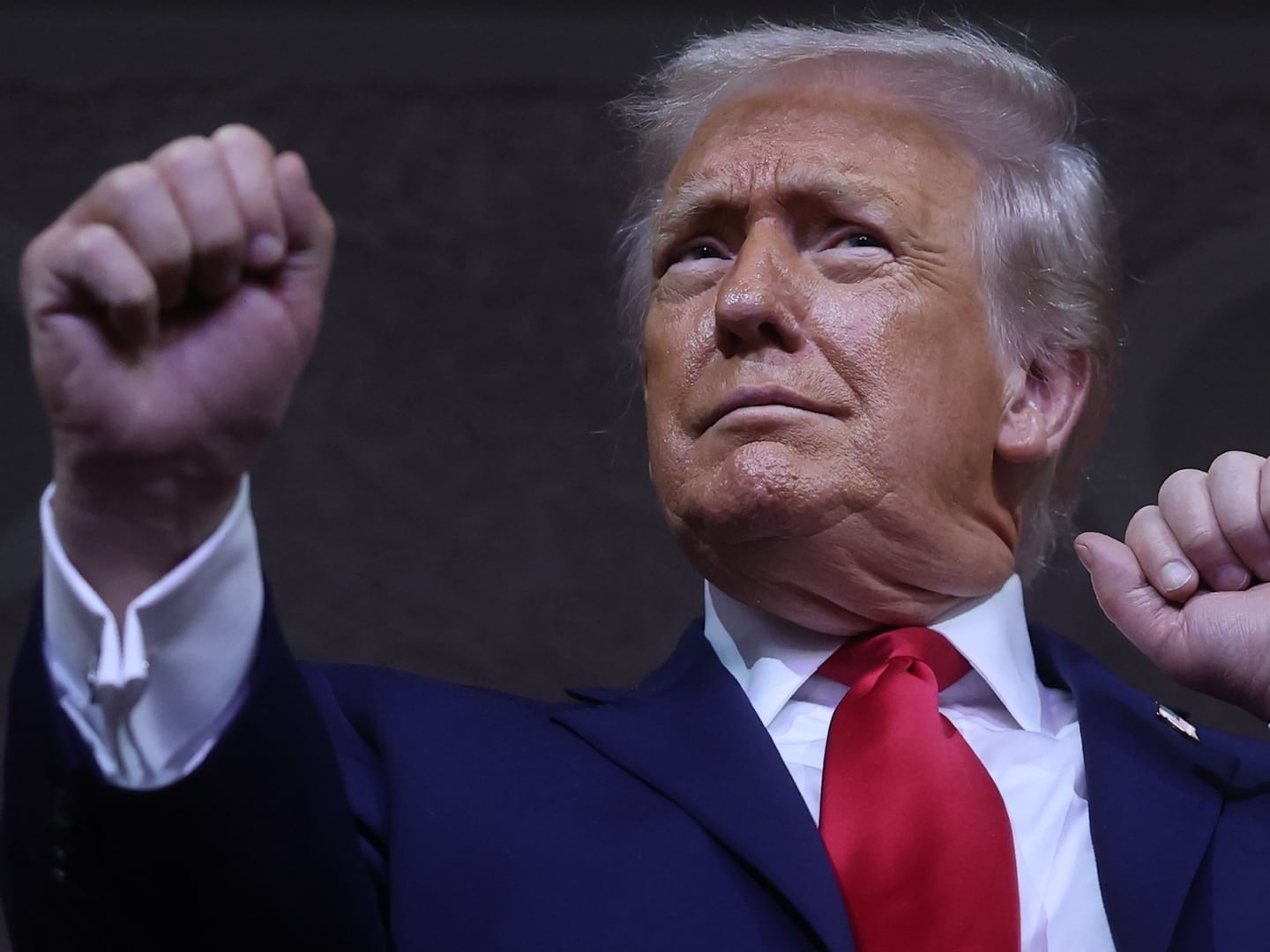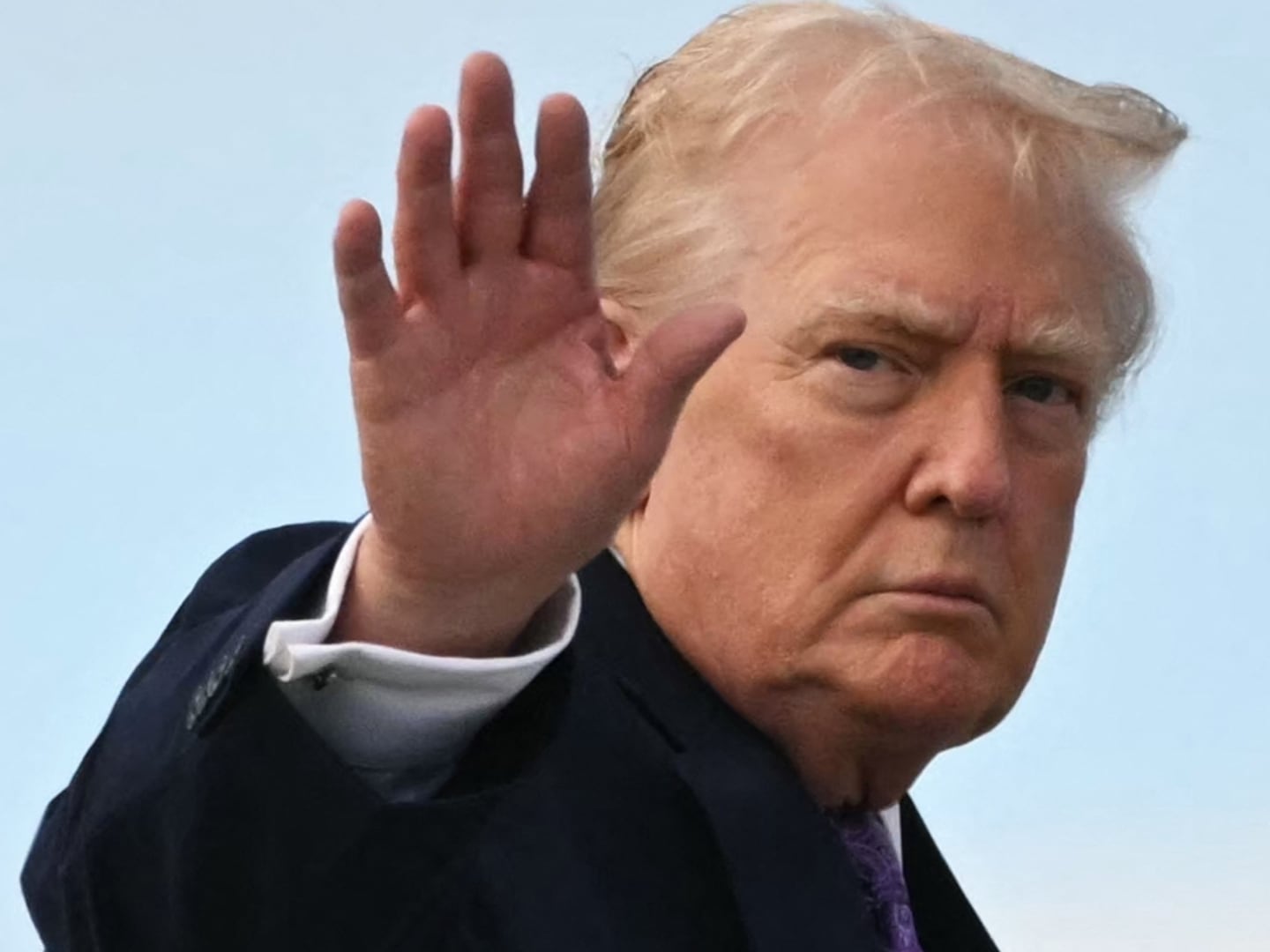Adam Winkler's Gunfight documents how the Black Panthers asserted a radical new form of gun rights: fetishizing weapons as badges of freedom, carrying weapons any place the law permitted them to be carried.
Over the next 30 years, millions and tens of millions of Americans came to agree. Even as Americans moved into urban areas where historically guns had been more strictly regulated than in the countryside; even as hunting has decline; even as actual rates of gun ownership have trended down; even so - Americans have voted for ever more permissive gun laws.
Fear of crime explains why, of course. The mid-1960s suffered the beginnings of a 30-year surge of criminal violence. In reaction, millions of Americans turned to guns for self-protection. The market met the demand with new kinds of firearms. After 1980, smaller, lighter semi-automatic pistols made of polymers took market share from revolvers. These new weapons fired more easily and carried more bullets at a time.
These changes greatly enhanced the lethality of weapons. It's hard to hit a target with a revolver, and you get only six tries. Much easier to blast away with a self-reloading Glock!
The ease of firing the new weapons however brings unintended and undesired consequences: accidents, suicides, and escalation of ordinary quarrels into deadly duels. These consequences form the subject-matter of David Hemenway's careful and comprehensive study, Private Guns, Public Health.
Guns are tools. They can be used for self-defense. Even if never used, they can provide feelings of security - feelings that people value very highly. They can also be used for self-harm and to harm others. And the feelings of security provided by guns may be delusive. How to assess the balance between good and bad? Can that balance be improved?
Hemenway delves deep into the public-health literature to find answers to those questions. He accumulates piles of data to establish that the harms hugely outweigh the benefits:
(1) Occasions of true self-defense are rare: claims to the contrary by gun advocate are based on data that are not only faulty, but also internally self-contradictory. As Hemenway notes, police keep record of how often guns are used by criminals. If you work out the arithmetic, the claim of 2 million or so defensive gun uses per year implies that victims of assault pull guns on criminals more often than criminals pull guns on victims!
(2) Even when defensive gun use is corroborated, many stated incidents of self-defense turn out to be highly undesirable behaviors. Think George Zimmerman vs. Trayvon Martin. If George Zimmerman's story turns out to be true in every particular, the killing of Trayvon Martin was "self-defense" in an altercation that Zimmerman provoked and would surely have avoided had he been unarmed. The people who use guns in self-defense often turn out to have criminal records of their own. When you hear about guns used against "home invasions," remember that the type of home most likely to be invaded is a home owned by people in the drug trade. See e.g.: here and here and here and here and here, cases all from just March 2013.
Hemenway's book was published in 2006. Many of the studies he relies on were conducted in the late 1990s using data collected in the early 1990s. This unfortunately does present some questions of the applicability of the studies 20 years later.
(a) The early 1990s were the period of the crack epidemic, the zenith of American gun crime. Since then, crimes of all kinds (and especially homicide) have plunged. Has the subsiding of the 1990s crime wave changed - not only the quantity of gun incidents - but also the character?
(b) In reaction to the 1990s crime wave, states began allowing citizens to carry concealed weapons on their person. Hemenway's data were mostly collected back when gun-carriers were criminals by definition. How has the change in law changed the outcomes?
Answers to those questions are made extra difficult by another change since the 1990s: Congress's vote in 1996 to defund data collection on gun violence by the Centers for Disease Control, the source of information for many of the best of the earlier studies.
Yet Hemenway's main ideas remain timelessly relevant.
Gun advocates insist that gun safety is the sole responsibility of the gun carrier. He recounts a terrible story of a mother and father receiving the news that their 7-year-old has died in a fatal gun accident. The mother collapses into grief, but the father reacts with anger: He had instructed his son in gun safety! In this, the gun debate resembles the automobile debate of the 1960s, when car makers argued that better driver instruction, not redesign of cars, was the right way to reduce automobile casualties. Guns likewise could be engineered to enhance their safety. Yet as with cars, the gun industry rejects all responsibility for itself - and gun advocates acquiesce. They passionately argue that it's stupid to suggest clearer indicators that a bullet is present in the gun chamber. Every gun owner knows (or should know) to treat any gun as if it were loaded! And if many people are hurt because they act otherwise, it's their own damn fault!
Hemenway argues that we need to think about gun safety in a more systematic way. Changes in the way guns are designed could reduce gun misuse. Hemenway is especially impressed by technologies that would prevent anyone other than the gun's lawful owner from firing the weapon. He advocates also legal changes to improve access to non-lethal technologies of self-defense: Tasers, Mace, and so on.
Yet for me, the most important conclusion from the book is the need to reauthorize CDC research into guns. What exactly are the risks (and, yes, potential benefits) of gun ownership under present circumstances? It's depressing that this supremely important policy issue should go so unstudied - and it's profoundly revealing that one side of the argument uses the suppression of information to advance its case.






